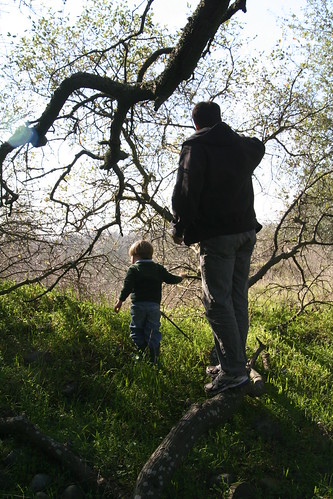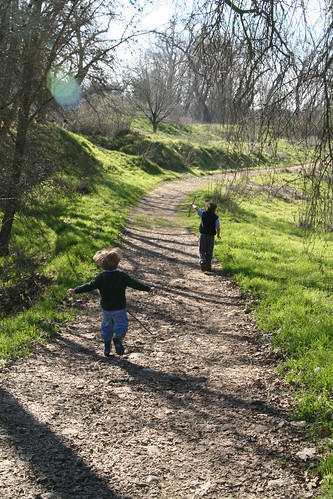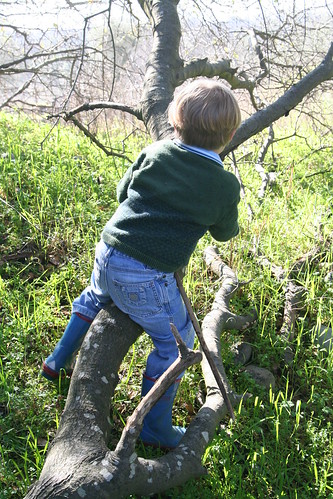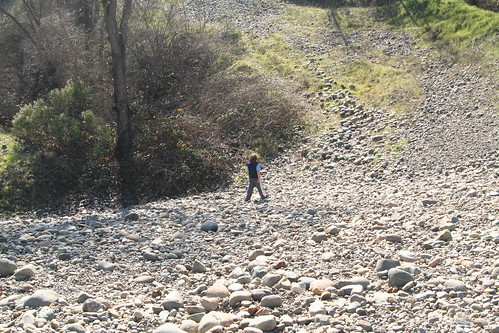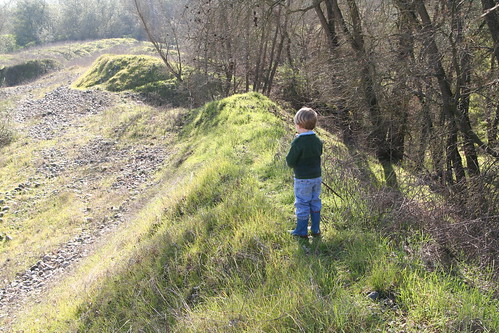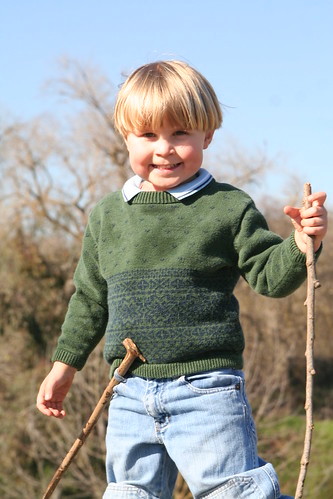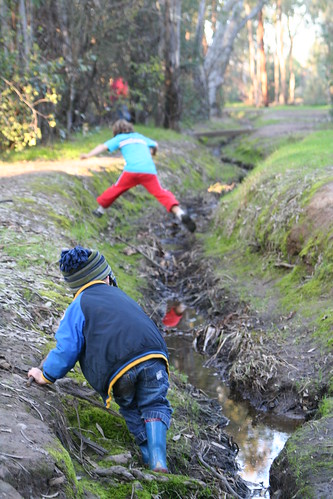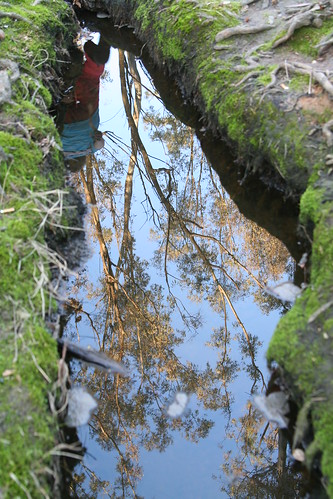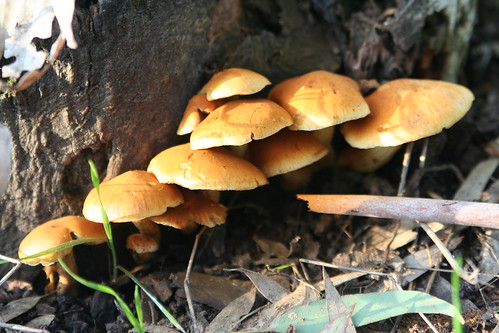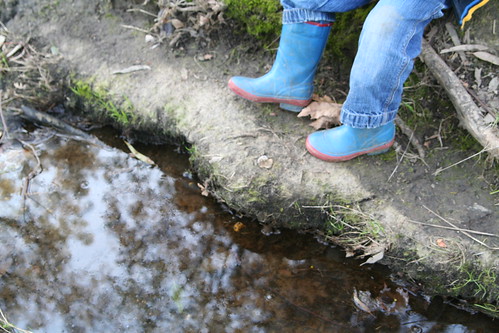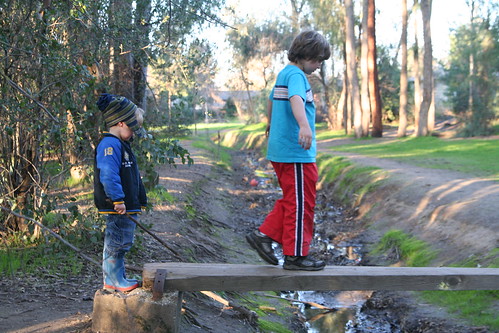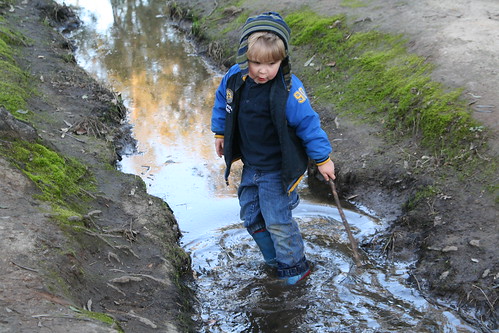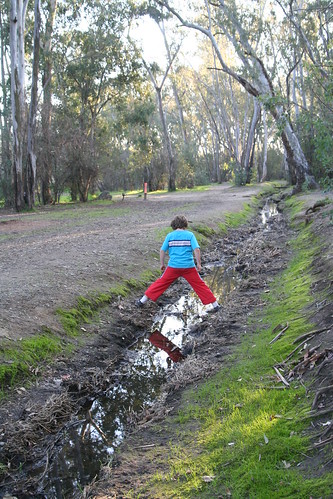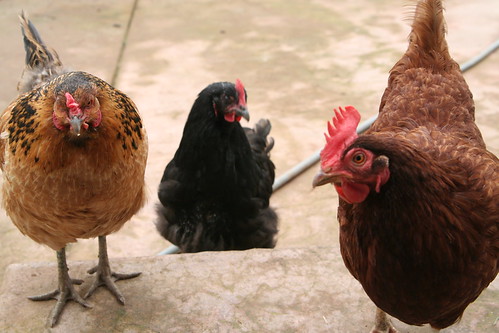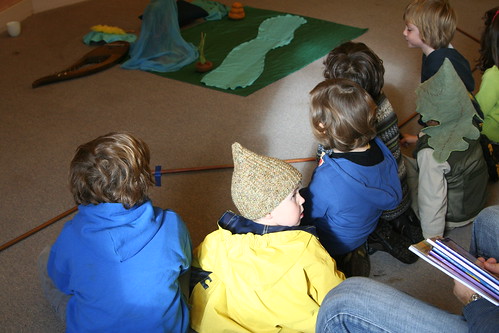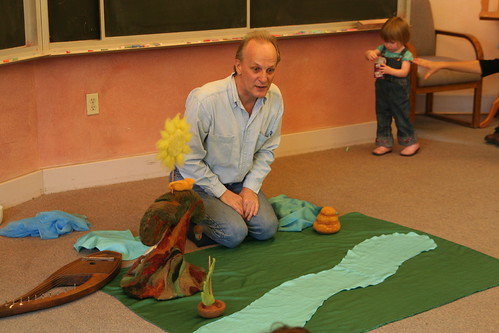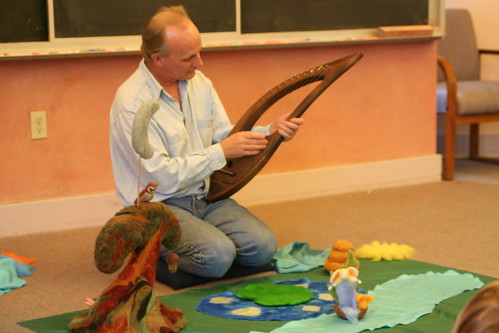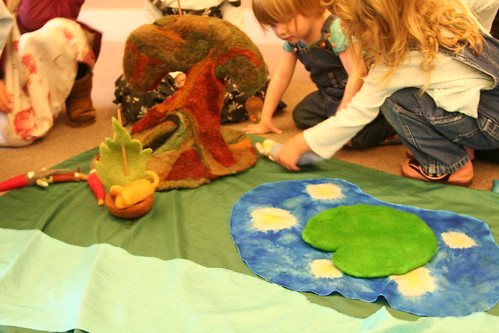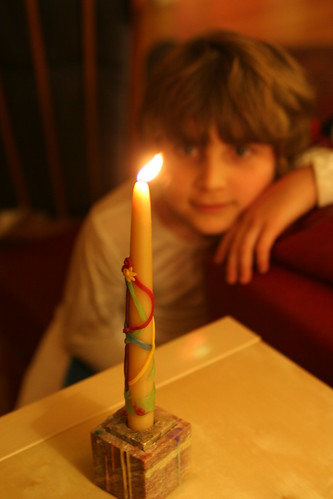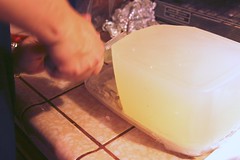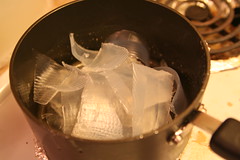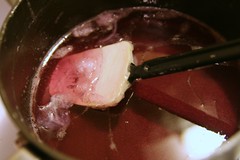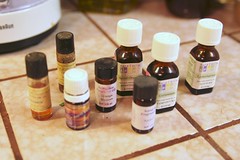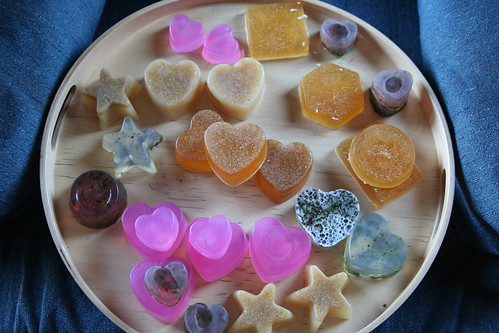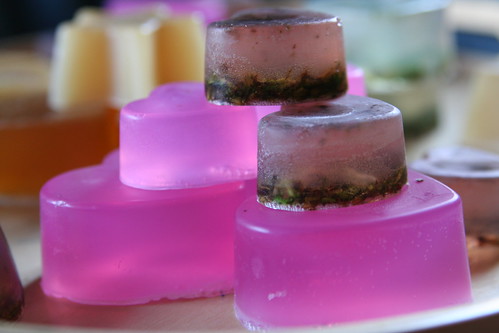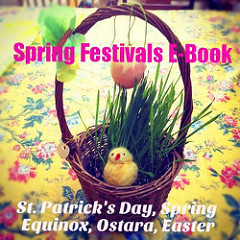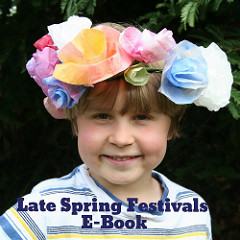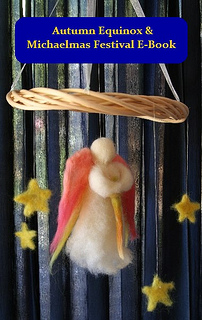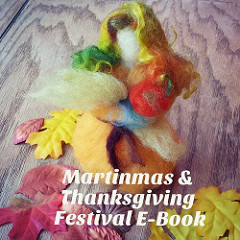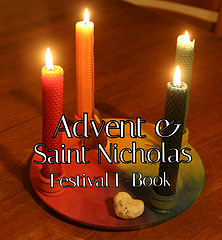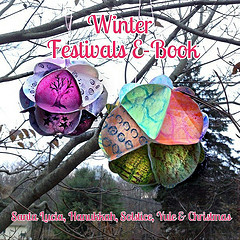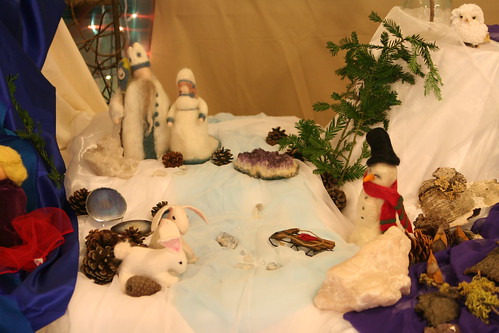
About a year ago, a friend with a young child asked me about Waldorf education and why we choose Waldorf school for our older son, and Waldorf-inspired preschool for our younger son. My friend is a former coworker and a public school teacher, so my response to her was meant to highlight the differences of Waldorf education compared with the California public school (as I remember it from my own schooling).
It occurred to me that I could post my lengthy email to my friend here, in case others are curious. I have made small edits to make this content make sense to a broader audience. Please keep in mind that Ian and I are parents, not teachers, so our perspective on Waldorf is a parents’ perspective. (This is Part 1 of a three part article. Why Waldorf? will continue in Parts 2 and 3. Part 2 can be found here. Part three can be found here.)
~~~
What does Waldorf school look like?
1. The Class Journey. My son’s class may have the same teacher for 8 years, from grades 1 through 8. This is the ideal “class journey,” as they call it. Sometimes, this ideal is not possible. Some Waldorf schools strive very hard to provide this 1–8 continuity. Others find it’s not so practical. The point is for the teacher to come to know each child so well over the years that there is no chance of someone falling through the cracks, with needs going unmet. Also, the child’s strengths and weaknesses are known and nurtured along year by year. The teacher becomes a kind of third parent, if you will, and can have extremely valuable insight into your child as she grows.
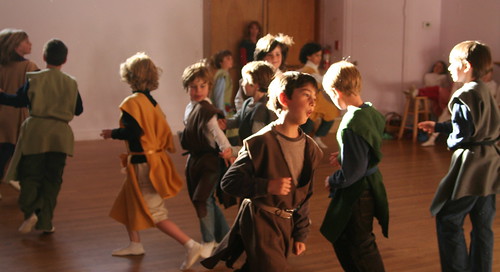
2. Specialty Subjects. In addition to the main teacher, there are specialist teachers who concentrate on specific subjects, starting in first grade. These include Spanish, German, eurhythmy (a kind of storytelling through dance that is specially designed to appeal to a child’s imagination and nurture gross-motor skills development and physical organization, which is thought to have a direct and significant impact on a child’s ability to learn academically and socially; it also serves to help the class work together with flow), movement (which is a bit more like PE/games and starts in second grade), handwork (skills such as knitting, crochet, sewing, weaving, and then, as the child gets older, woodworking, sculpture, etc.), music, and gardening/farming (starting in second grade).

3. Arts in the Waldorf Curriculum. Within all the sit-down subjects, art is a major component to learning. The idea is that appealing to the child’s highest self and emotional life through art is what makes learning joyful and beautiful. The humanity of each child is respected and human beings make art. Art has a way of capturing the imagination and engaging all the senses and the intellect. Even math is taught with artwork incorporated in every lesson. If you learn with joy, you will retain the information. In Waldorf schools, students do painting, modeling with beeswax, drawing, paper crafts, sewing, clay, etc. Art techniques are taught along with the main lesson. The children also perform plays and sing songs that accompany their lessons. From the first grade, they play a pentatonic flute. In third grade, the begin with a C flute. In fourth grade they choose a string instrument for orchestra; in fifth they have an option to switch to a band instrument. This musical instruction is part of their schooling.

4. Reading and Literacy. Here is a big difference between Waldorf and public schools: Children in preschool, Kindergarten, and first grade are not tasked with learning to read. No phonics programs are used. In fact, Kindergartners are expected to focus on growing their bodies, learning to play with others, learning responsibility and community through clean-up chores, learning music and circle time, climbing, digging, skipping, etc. No pressure is brought to bear on a child who isn’t reading in first grade. However, with that said, all kinds of prereading skills are being exercised during this time, through extensive use of storytelling, puppetry, poetry, rhymes, games, songs, and fairy tales. In first grade, students start learning the alphabet. It is our observation that most children already know the alphabet by this time, but the teacher still takes plenty of time with each letter. The children hear a story that teaches them the character of the letter, then they make art with the letter. (This is a gradual type of phonics, but there are no flash cards or early/late reading groups or that sort of thing.) Most children begin reading on their own sometime in second grade. Most Waldorf third graders are reading well, despite their not having experienced early-reading pressure. On standardized tests such as those administered by the state of CA, as I understand it, the typical Waldorf student performs in second grade “below grade level” in reading, “at grade level” in fourth grade, and then “above grade level” in later grades. Anecdotally, I can say with confidence that Waldorf kids have an amazing capacity for memorization and I credit the amount of oral storytelling they are exposed to.

5. Mathematics. Here is another big difference: All four basic math operations are introduced at once in the first grade. They are taught through storytelling and imaginative imagery. Waldorf is often criticized for being “behind” in teaching reading, and yet, by the same yardstick it is “ahead” of public schools in teaching math. (In third grade, my son is currently working on mulitplication of two-digit numbers.)
This article, Why Waldorf? will continue in Parts 2 and 3. Part 2 can be found here. Part three can be found here. I hope you enjoy reading them.
